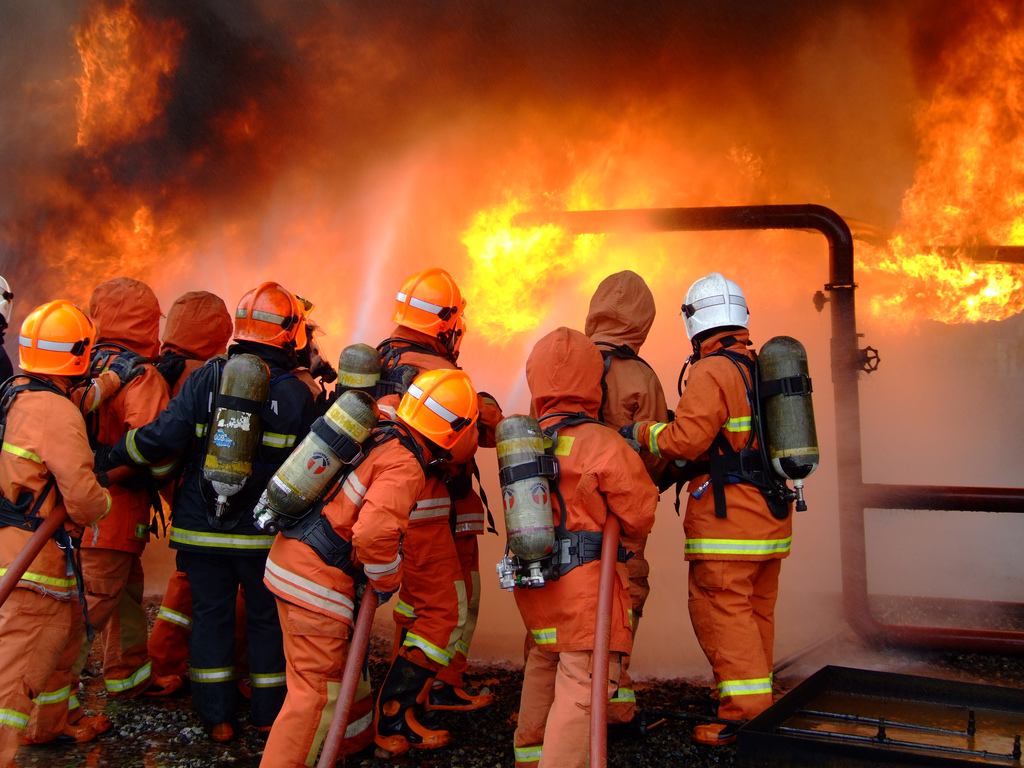This post is also available in:
 עברית (Hebrew)
עברית (Hebrew)
Building fires can turn from bad to deadly in an instant, and the warning signs are frequently difficult to discern. New artificial intelligence technology could change that.
Researchers at the US National Institute of Standards and Technology (NIST) have developed P-Flash, or the Prediction Model for Flashover. The AI-powered tool was designed to predict and warn of a deadly phenomenon in burning buildings known as flashover, when flammable materials in a room ignite almost simultaneously, producing a blaze only limited in size by available oxygen.
The tool’s predictions are based on temperature data from a building’s heat detectors, and, remarkably, it is designed to operate even after heat detectors begin to fail, making do with the remaining devices.
The team tested P-Flash’s ability to predict imminent flashovers in over a thousand simulated fires and more than a dozen real-world fires. The model shows promise in anticipating simulated flashovers and shows how real-world data helped the researchers identify an unmodeled physical phenomenon that, if addressed, could improve the tool’s forecasting in actual fires.
With further development, P-Flash could enhance the ability of firefighters to hone their real-time tactics, helping them save building occupants as well as themselves.
Computer models that predict flashover based on temperature are not entirely new, but until now, they have relied on constant streams of temperature data, which are obtainable in a lab but not guaranteed during a real fire.
Heat detectors, which are commonly installed in commercial buildings and can be used in homes alongside smoke alarms, are for the most part expected to operate only at temperatures up to 150 degrees Celsius (302 degrees Fahrenheit), far below the 600 degrees Celsius (1,100 degrees Fahrenheit) at which a flashover typically begins to occur. To bridge the gap created by lost data, NIST researchers applied machine learning tools.
Machine-learning algorithms uncover patterns in large datasets and build models based on their findings. These models can be useful for predicting certain outcomes, such as how much time will pass before a room is engulfed in flames.
To build P-Flash, the authors fed their algorithm temperature data from heat detectors in a common type of a burning home.
To learn about P-Flash’s ability to predict flashovers after heat detectors fail, the researchers split up the simulated temperature recordings, allowing the algorithm to learn from a set of 4,033 while keeping the others out of sight.
The researchers found that the model correctly predicted flashovers one minute beforehand for about 86% of the simulated fires. Another important aspect of P-Flash’s performance was that even when it missed the mark, it mostly did so by producing false positives — predictions that an event would happen earlier than it actually did — which is better than the alternative of giving firefighters a false sense of security, as reported by homelandsecuritynewswire.com.


























